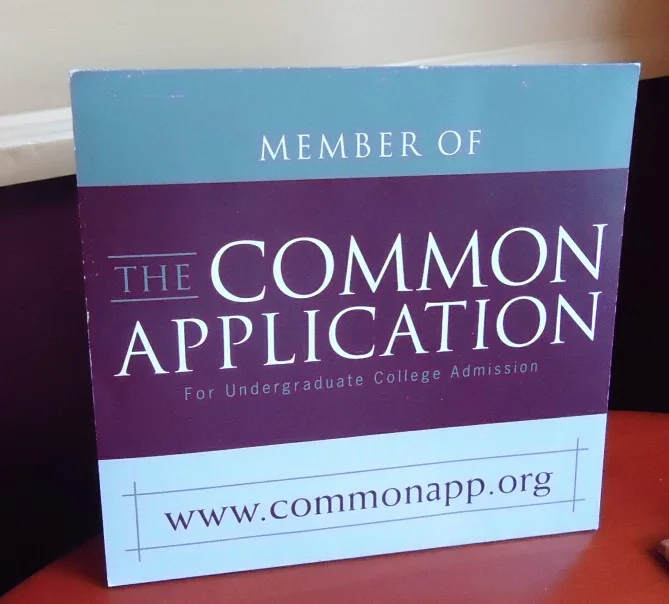The college admissions process creates untold stress. Just the effort to get organized is tough. There are numerous details and losing track of any one of them might lead to a sleepless night: teacher recommendations, counselor recommendation, transcripts, test scores, mid-year reports, secondary school reports, art portfolios and, athletic information. This is a lot to keep track of.
Fear not, for the Common Application was designed to help you gain a sense of control over at least a portion of this application frenzy. If you are planning to apply to Notre Dame, Dartmouth, Stanford, or 418 other schools, you have probably already encountered it. Released over 35 years ago, its purpose was to give a sense of uniformity to the admissions process. After all, once you’ve inputted your extensive list of extracurricular activities in one application, what a waste to have to do the same thing to yet another application, and then another. The Common App remedies this drudgery by letting you do this just once for all its member schools.
The statistics bear out that a lot of people involved in the college admissions process take advantage of the Common Application. Last year alone, 470,000 applicants submitted 1.9 million applications through the Common Application site. That’s an average of 4 applications per applicant. This is impressive, but when you consider that most public schools have their own application, and that there are over 3,500 postsecondary institutions in the country, the Common Application really is not all that common. Yet, it is a standard bearer at a large portion of schools that accept less than 50% of their applicant pool. All eight of the Ivy League Schools (Columbia, the lone holdout, just joined) now use the Common Application.
Another area where the Common Application can save you time is with the recommendation process. If your teacher(s) and counselor recommenders elect to submit their recommendations online you’ve just avoided the need to address envelopes, pay for postage, and copying forms. The colleges themselves prefer electronic submissions to paper ones. Many schools, such as Northeastern in Boston, are completely paperless. Harvard soon will be (and with over 30,000 applications to review, the sooner the better). Last year 160,000 counselors and teachers submitted online forms.
There are the usual questions about which application a school prefers to receive: its own or the Common. Bill Fitzsimmons, the Director of Admissions at Harvard mentioned, at a recent NACAC conference, that he doesn’t care if an application is submitted on toilet paper (his words, not mine). He is after high quality applicants; how information about such an elusive being is transmitted to him is virtually meaningless. Harvard, by the way, uses the Common Application, Universal Application, or its own.
The Common Application is designed to help you apply to a lot more campuses than you could if each had its own application. This is both good and bad. Good because you can cover a lot more ground with less effort; bad because with each submission costing around $65 or more, the admissions process starts to become expensive rather quickly. Certainly there are still selective campuses that will not use the Common Application. USC and Georgetown immediately come to mind. Georgetown refuses to use the Common Application because, according to Charlie Deacon, the Director of Admissions, “We don't have the Common App because we think that each person is unique and each school is unique.” USC, another holdout, for now has elected to keep its own application, though rumors abound that it too is considering a switch to the Common App.
In any case, most applicants have too few hours for all the labors that must be done each day. The Common Application represents substantial labor savings. That alone makes it uncommonly applicable to your admissions efforts.

